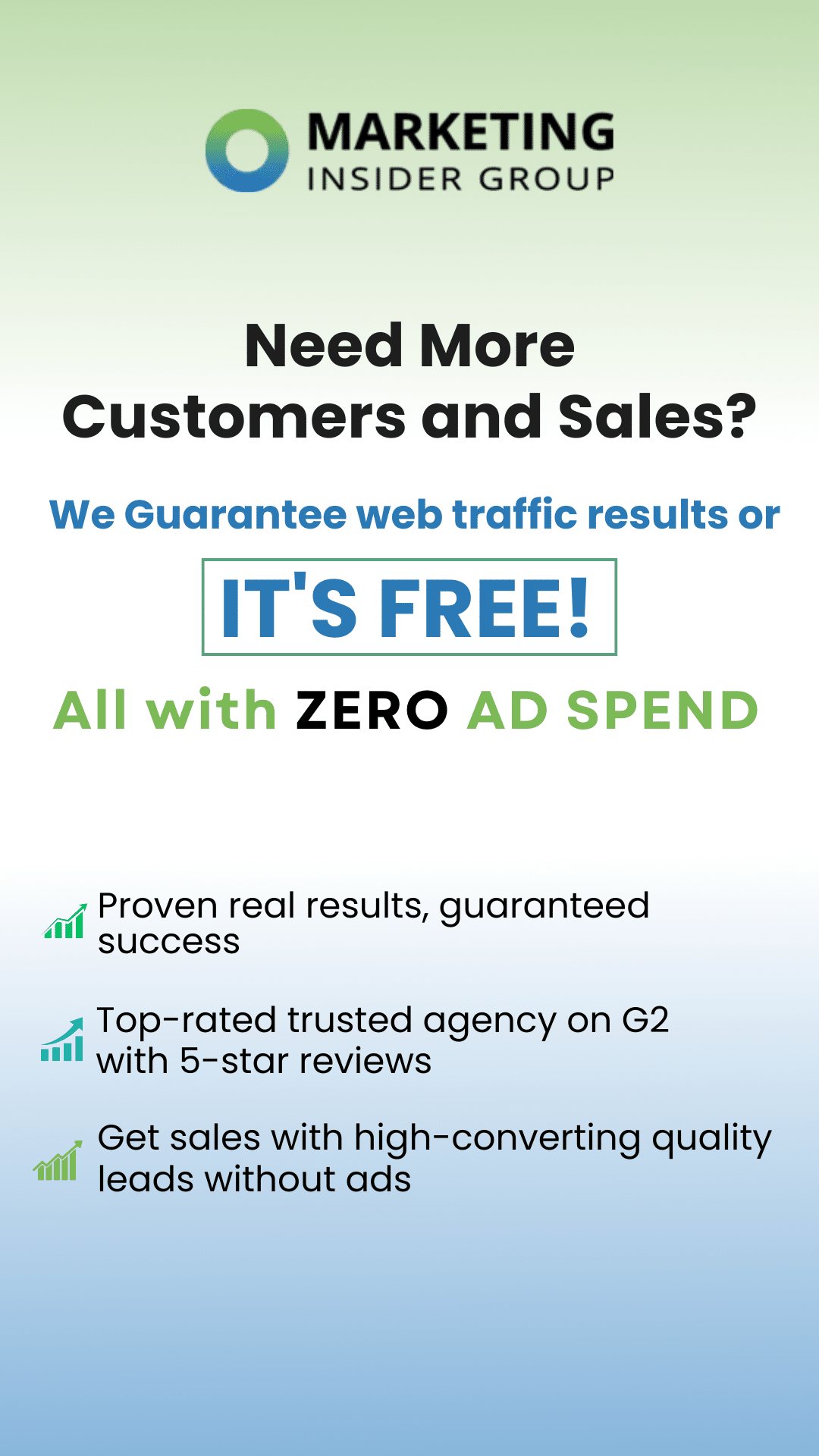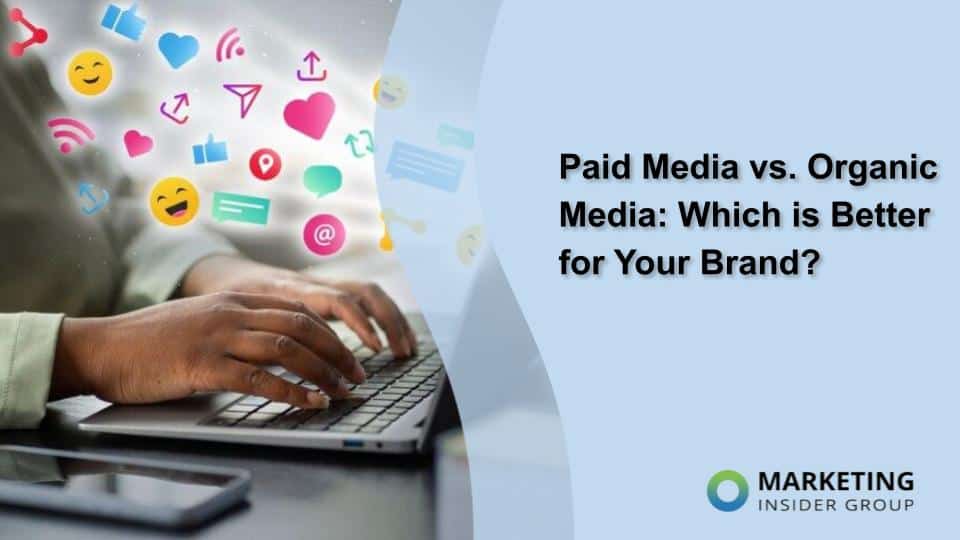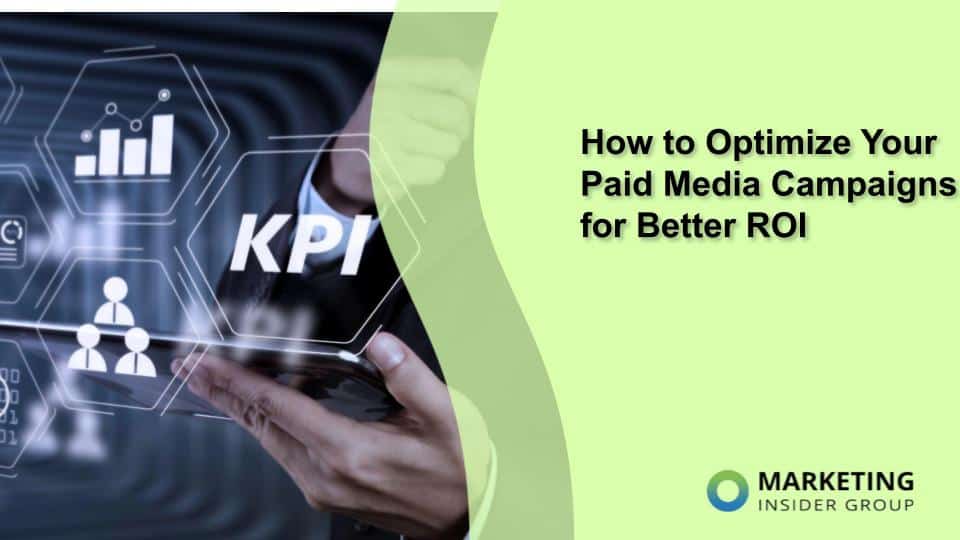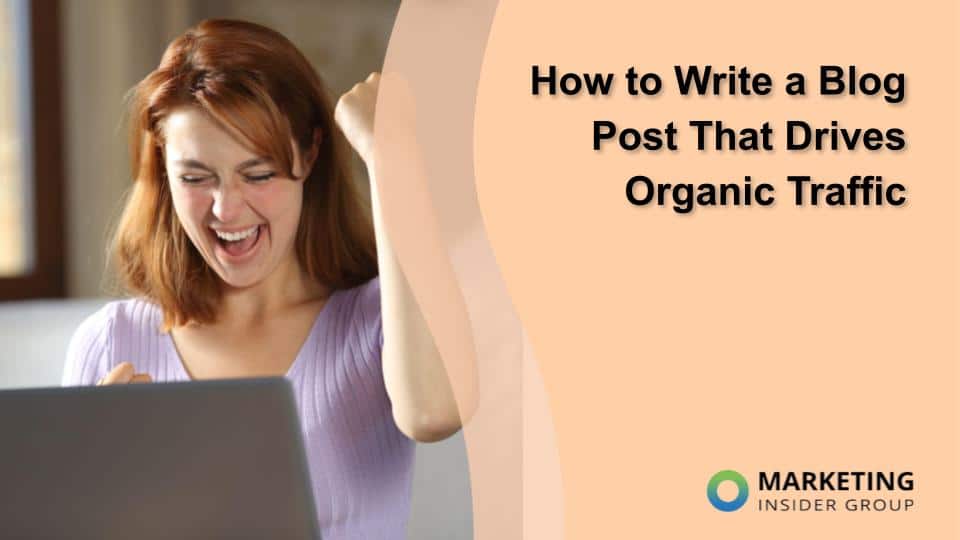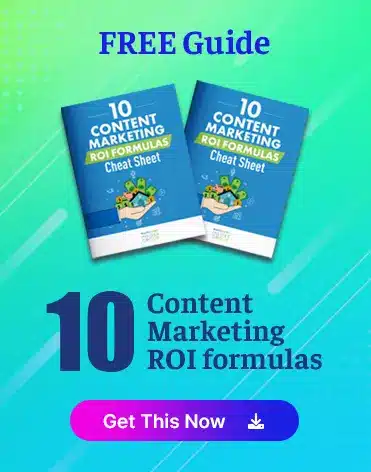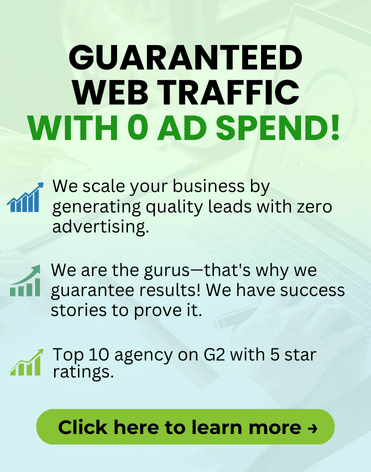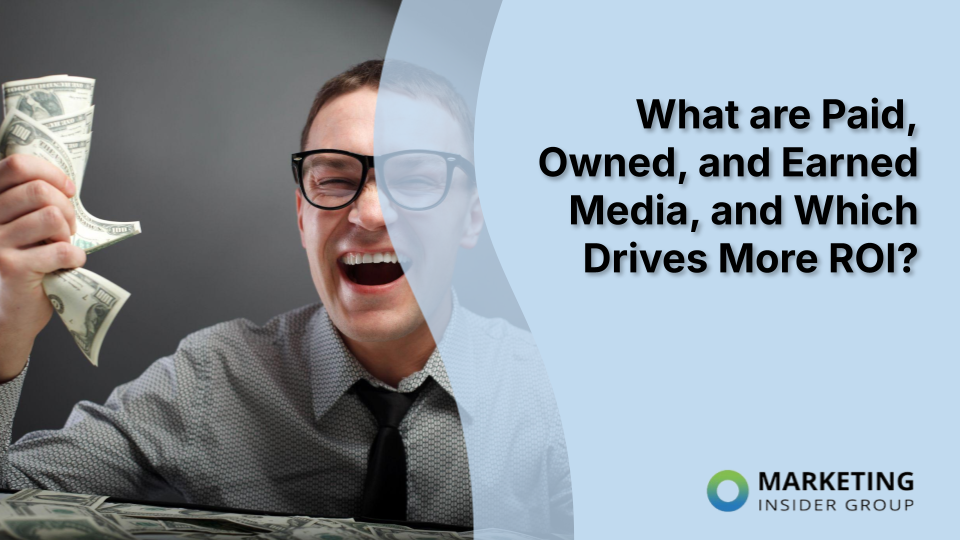
What Are Paid, Owned, and Earned Media, and Which Drives More ROI?
Businesses have all the opportunity in the world to connect with their audience through their owned, earned, and paid media strategies.
- Paid media includes ads and sponsored content that quickly boost visibility.
- Owned media, like your website and email campaigns, offers a controlled space to showcase your brand.
- Earned media is things like reviews and social media shares that amplify trust and credibility through organic recognition.
Each media type can be part of your marketing strategy, contributing unique strengths to help businesses grow. But when it comes to driving ROI, how do you determine which delivers the best return on investment?
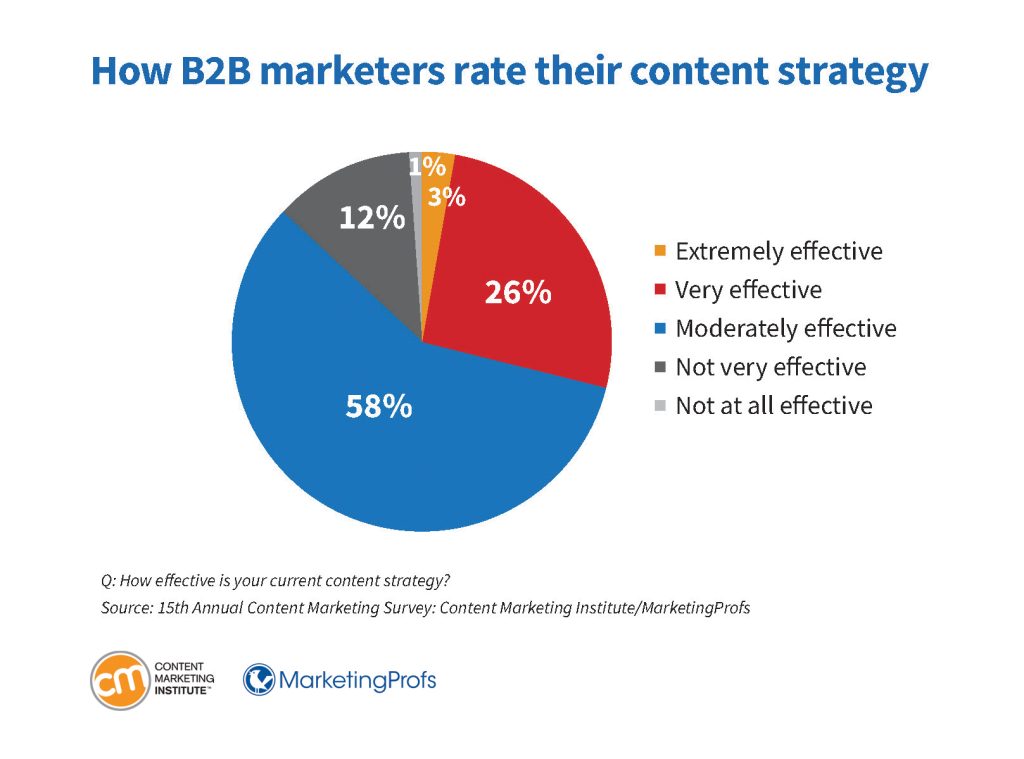
According to the Content Marketing Institute, only 29% of marketers believe their organization has a highly effective content marketing strategy. This article examines the definitions, benefits, and ROI potential of paid, owned, and earned media to help you craft a marketing approach that works for your business.
Quick Takeaways
- Paid media delivers quick visibility and lead generation through ads and sponsored content but requires ongoing investment for results.
- Owned media offers control over brand narratives with tools like websites and email campaigns, providing consistent ROI when optimized effectively.
- Earned media enhances credibility and reach through organic mentions, reviews, and social shares, though it can be less predictable.
- Combining paid, owned, and earned media creates a synergistic marketing strategy that maximizes ROI and amplifies brand impact.
What is Paid Media?
Paid media consists of any type of advertising. It comes with a price tag, which varies depending on the channel. Unfortunately, this is what most people think marketing is all about.
Your paid media strategies drive users to your owned media. You can do this with:
- Paid search on Google or other search engines
- Social media ads
- Sponsorships of events (live or virtual)
- Partner emails
- Influencer marketing
- Digital display ads on third-party sites
- Sponsored content on third-party platforms that are credible to your buyers
- Retargeting
Benefits of Paid Media Strategies
- Immediate results as soon as the ad begins
- Fast lead generation and traffic to owned media
- You set the strategy. Even though you don’t own the channel, you decide what the ad looks like, what it says, and whom it will target.
Paid Media Strategies, Stats, and ROI
So, does paid media work? It certainly can with the right paid media strategies. It’s important to note, though, that paid media can only deliver ROI when the ad is running. When it’s over, it’s over.
A survey by public relations software company Cision notes that marketers spend about 25% of their total budget on paid media.
What paid channels do they use? The leader was social media, followed by digital ads and email marketing.
Paid media will expose your brand and help you reach audiences you couldn’t reach before. Ads do have some obstacles that impede ROI. Buyers are “ad blind” because of the constant inundation. Often, leads from paid channels aren’t quality leads; expect to get lots of spam, especially from paid searches. Whether the lead is qualifiable or not, you’re still paying.
Paid media ROI is going to be different for any business. It depends on how competitive your industry is, as that will result in higher bids for keywords. Other factors include how compelling the ad is, how well you target, and the paid media strategies you use. Targeting is available in multiple ways. For example, on LinkedIn and other social media sites, you can target by geography, industry, job title, or interests.
For display ads or sponsored content, you’ll get impressions and clicks. But those don’t really tell you ROI. You have to be able to attribute the event to an actual sale, which can be tricky.
What is Owned Media?
Owned media represents all content that you control. The biggest part of your owned media is your website. You have the power to design it as you want and publish content that’s uniquely your own.
However, just having a website or digital presence isn’t enough. Once people land on your website from either paid or earned sources, you want them to stay. That requires a dedication to an excellent user experience (UX) and content that resonates with your buyers.
Other owned media includes social media postings. You don’t own that channel, but you do control what you post and when. After that, the algorithms take over, but in its original form, it’s owned.
Email marketing is also owned media. Buyers give you permission to email them, and you dictate the messaging and offers. It’s a channel that you own for nurturing and fostering customer relationships.
Podcasts and virtual events are other owned media options. You design the content and experience. You don’t own distribution channels or platforms. Yet, it’s still branded content and has a much stronger impact than third-party events.
Owned Media Benefits
- Total control of content and design
- It’s always driving ROI as long as it’s live
- Investment is for resources, not ad dollars
- You’ll be able to build trust and relationships with audiences
- The biggest contributor to organic search rankings, which is where most B2B buyers start their journey
Owned Media Stats and ROI
Your owned media is the foundation of content marketing. It is your brand’s story told in many formats and channels, but you control the narrative. In most cases, content marketing beats advertising.
An estimate by Statista suggested email marketing generated $9.7 billion in 2024, and marketers report their ROI is improving.
However, it’s getting tougher to generate sales via content marketing in 2025. Orbit Media reports that only 20% of bloggers reported strong results in 2024, which is down significantly from previous years.
Some content marketing assistance could be necessary if you want to go this route.
What Is Earned Media?
In short, earned media describes any type of exposure or visibility gained outside of paid channels. In addition, earned media is often the vehicle for reaching the destination of owned media. It’s the modern, digital form of word of mouth. It’s a way that others recommend or endorse your brand.
Earned media can be mentions, shares, reposts/retweets, reviews, recommendations, and profiles in third-party content.
You’ll need a strong SEO strategy to increase earned media and improve organic search rankings. Brands “earn” these rankings by delivering high-quality, optimized content with backlinks.
Google acts as the “recommender,” showing your owned content in the search rankings. It must work with a content strategy that focuses on creating relevant, valuable content for your audience.
Benefits of Earned Media
- Higher rankings on Google when you have optimized owned media
- Audiences get “social proof” of the quality of your goods or services
- Greater reach for your brand to attract new users
- Mentions in publications can improve brand reputation and boost your thought leadership
Earned Media Stats and ROI
Earned media is measurable with social media metrics of engagement—mentions, reach, comments, and more. Going inside the analytics on this can help you calculate earn media metrics like:
- Amplification rate: ratio of shares compared to total followers
- Applause rate: ratio of likes compared to total followers
- Share of voice: ratio of the number of mentions of your brand compared to the total number of mentions for your brand and competitors
These metrics will give you an idea of the importance of your brand in social conversations. Other ways to determine the ROI of earned media are:
Do reviews and testimonials refer to conversion? Look at the page referral to conversions to determine if these pages support them.
Improved ranking on organic, where Google is “recommending” your content.
Not All Earned Media Is Good
Something else to consider is that not all earned media is positive. Some mentions and comments will be negative. That just comes with the territory, so be prepared to respond to these.
Comparing ROI Across Paid, Owned, and Earned Media
Measuring the ROI for paid, owned, and earned media involves tracking specific metrics for each media type. Each approach takes a different role in your marketing strategy, and understanding their ROI helps optimize overall performance.
Paid Meda ROI
You can evaluate your paid media strategies’ ROI through cost-per-click (CPC) and return on ad spend (ROAS) metrics. CPC measures the cost of getting a single user to click on an ad, helping businesses gauge the efficiency of their ad spend.
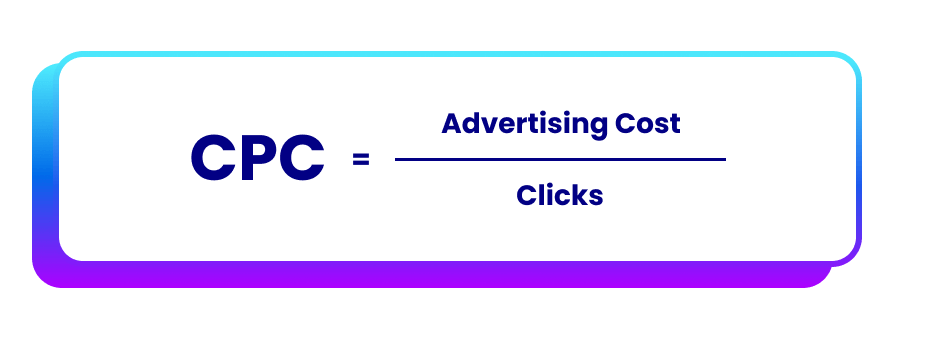
ROAS goes a step further, revealing how much revenue each dollar spent on advertising generates. These metrics tell you the immediate financial impact of your campaigns and help with fine-tuning targeting strategies for better performance.
Owned Media ROI
Assessing owned media ROI involves metrics like website traffic, email open rates, and conversion rates. Website traffic indicates how effectively owned content attracts visitors, while email open rates measure engagement with email campaigns.
Conversion rates, which are the percentage of your visitors who take desired actions (like making a purchase or signing up), directly reflect the impact of owned content on business outcomes.
Earned Media ROI
Earned media ROI focuses on engagement rates, brand mentions, and media impressions. These metrics reveal how much attention and trust the brand garners from organic sources, such as user-generated content or media coverage.
While more challenging to control, earned media amplifies brand credibility and expands reach without additional costs.
Combining these strategies creates synergy. For example, a paid ad campaign can drive traffic to owned content, which earns shares and mentions in social media.
This interconnected approach maximizes ROI by leveraging the strengths of all three media types.
Which Media Has the Best ROI?
It’s not necessarily an either-or here. All three media types overlap and work together, so you need to have all three.
In terms of the most consistent ROI, owned media takes the top position but receives more traction through paid and earned media strategies.
Having a healthy mix and strategically integrating them is the best approach.
Develop Your Integrated Marketing Strategy
Paid, owned, and earned media all take a valuable role in digital marketing. Paid media offers immediate visibility and targeted reach, owned media provides a controlled and cost-effective platform for long-term engagement, and earned media builds trust and amplifies your brand’s credibility.
Each type brings distinct benefits, but no single approach guarantees the best ROI for every business. The true power is your ability to integrate these media types strategically.
Marketing Insider Group can assist with our CRM and Marketing Management Services. This all-in-one solution brings owned, earned, and paid media strategies together, helping you maximize your advertising efforts. Contact us to book a free consultation with our team.




